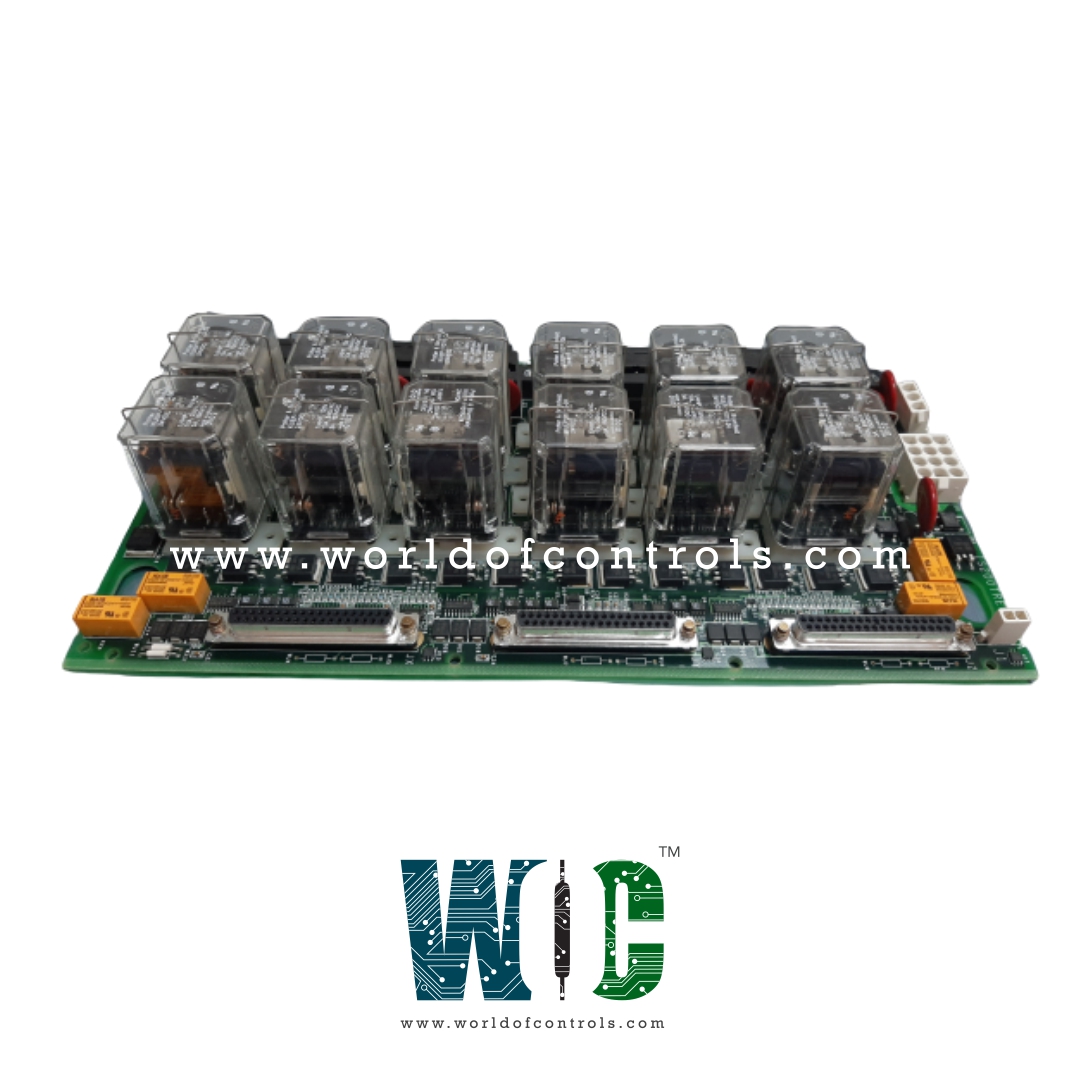
World Of Controls understands the criticality of your requirement and works towards reducing the lead time as much as possible.
IS200TREGH5B - Emergency Trip Terminal Board is available in stock which ships the same day.
IS200TREGH5B - Emergency Trip Terminal Board comes in UNUSED as well as REBUILT condition.
To avail our best deals for IS200TREGH5B - Emergency Trip Terminal Board, contact us and we will get back to you within 24 hours.
SPECIFICATIONS:
Part No.: IS200TREGH5B
Manufacturer: General Electric
Series: Mark VI
Technology: Surface mount
Trip interlock isolation: Optical isolation to 1500 V on all inputs
Trip interlock filter: Hardware filter, 4 ms
Trip interlock AC voltage rejection: 60 V rms 50/60 Hz at 125 V dc excitation
Operating Temperature: 0 to 60°C
Size 17.8 cm wide x 33.02 cm, high
Number of trip solenoids: 3
Repair: 3-7 Day
Availability: In Stock
Weight: 2 lbs
Country of Origin: United States
Manual: GEH-6721
FUNCTIONAL DESCRIPTION:
IS200TREGH5B is an Emergency Trip Terminal Board manufactured by General Electric as part of the Mark VI Series used in gas turbine control systems. In the system configuration, up to three trip solenoids can be connected between the TREG and TRPG (Trip Power Ground) terminal boards. The TREG board supplies the positive side of the DC power to the solenoids, while the TRPG board provides the negative side, forming a complete circuit for the solenoid operation. This variant of the H1B module is specifically tailored for deployment in systems featuring redundant TREG boards. The essential feedback circuitry and the supply of power for economizing relays are exclusively facilitated through the JZ1 connector.
FEATURES:
INSTALLATION:
WOC has the largest stock of GE Speedtronic Control System Replacement Parts. We can also repair your faulty boards. WORLD OF CONTROLS can also supply unused and rebuilt backed-up with a warranty. Our team of experts is available round the clock to support your OEM needs. Our team of experts at WOC is happy to assist you with any of your automation requirements. For pricing and availability on any parts and repairs, kindly get in touch with our team by phone or email.
What information do the ID devices in connectors JX1, JY1, and JZ1 hold?
Connectors JX1, JY1, and JZ1 on the TREG board are equipped with ID devices. These read-only chips are coded with important information, including the terminal board's serial number, board type, revision number, and the specific plug location.
What is the purpose of reading the ID devices on the TREG connectors?
Reading the ID devices on the TREG connectors is essential for proper system compatibility and validation. The I/O controller interrogates these chips to ensure that the correct terminal board is installed in the appropriate location, preventing hardware incompatibility issues.
How does the system respond to a mismatch between the read ID device and the expected values?
In case the I/O controller encounters a mismatch between the read ID device and the expected values, it triggers a hardware incompatibility fault. This fault condition helps prevent potential errors that could arise from using an incompatible terminal board.